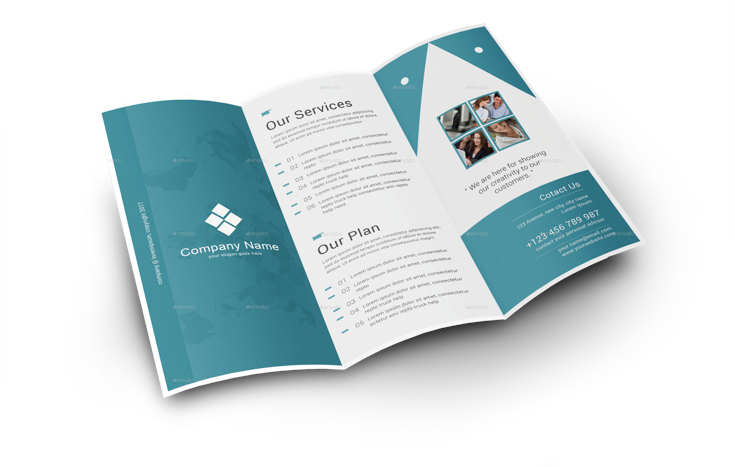Patient Driven Payment Model (PDPM) – Part 1
 PDPM is coming October 1, 2019, what does this mean to Skilled Nursing Facilities?
PDPM is coming October 1, 2019, what does this mean to Skilled Nursing Facilities?
Are you prepared and ready for the changes that are involved?
This proposed change to how reimbursement for Skilled Nursing Facility care is determined is very complicated and will possibly reference topics and industry verbiage you may not be familiar with. One such topic that SNF-Solutions has already received questions about is what does Case-Mix Indexes/Adjustments and Non-Case Mix mean? The simplest explanation we can give is this:
The Centers for Medicare and Medicaid (CMS) and the federal government complete an annual review of the care provided to residents across the country. Using common, easily measurable, processes and procedures they would determine the Federal Base Rate for three care components Clinical, Therapy and Non-Case Mix. In recognition of the varying costs of care across the country and the varying level of care due to a resident’s health they allowed certain of these care components (Clinical and Therapy) to be adjusted if certain conditions are present in the resident’s care or health. These adjustments are a percentage that the Federal Base Rate is multiplied by and are called Case Mix Indexes or Adjustments. However, there is one care component that never gets adjusted and it has always been labeled the Non-Case Mix Component. This component is not considered direct patient care related but is the component for the cost of furnishing a location or facility for the resident to live in.
This information about Case-Mix Adjustments and Non-Case Mix Components has been used every year and is referenced in every Proposed and Final Rule FY Rate Notice but has never been as complicated and impactful as it will be with the new Patient Driven Payment Model (PDPM).
PDPM is a complete and comprehensive change from the RUG-IV Payment Models of the past two years. Previous RUG reimbursement models, including RUG IV, were primarily therapy driven, and the reason Skilled Nursing Facilities focused on the patients who needed the most therapy in order to receive the highest reimbursement available. CMS recognized this widespread practice and determined that things needed to change.
In May 2017 CMS first introduced and proposed a payment model that they called “Resident Classification System, Version-1“, or RCS-1. When first proposed this model was so complex it caused an outcry from the industry, resulting in the proposed release date originally planned for October 1, 2018 being delayed. CMS needed the additional time to allow for further evaluation and response to the numerous questions and proposed changes made by the industry. In July 2018 the model’s name was changed to the Patient Driven Payment Model (PDPM) and the release date updated to October 1, 2019.
From May 2017 through today, CMS has continued to make updates and has released several addendums with revised data. They have also held multiple open-door forums to address concerns and questions raised by the industry regarding PDPM. These addendums and open-door forums focused primarily on the clinical changes and impacts to ICD-10 Diagnosis Coding and Minimum Data Set (MDS) Assessment changes that would be needed, as well as how information would be gathered to be more reflective of a patient’s overall clinical condition.
The major change is that the new model will no longer utilize just the 3 currently used care components, Clinical, Therapy (these 2 were Case-Mix Adjusted) and Non-Case Mix. Instead, there will now be 5 Case-Mix Adjusted Care Components considered and 1 Non-Case Mix Component.
Each component will contribute to identifying the Health Insurance Prospective Payment Service (HIPPS) Code that determines reimbursement. Additionally, those 5 Case Mix Care Components will include additional detailed groupers (between 10-16 groupers) per component which will require additional entries in the Resident Assessment Instrument (RAI)/Minimum Data Set (MDS) Assessment and supported by documentation recorded in the resident’s medical record.
The single most important contributing factor for PDPM is the proper identification of a resident’s admitting and treating ICD-10 Diagnosis Code, as it determines what happens next. All of the components, their groupers, the relevant Case Mix Adjustment Factors and data to be entered [in] the Resident Assessment Instrument (RAI)/Minimum Data Set (MDS) Assessment are tied to and controlled by that initial ICD-10 Diagnosis Code.
Sounds complicated doesn’t it? IT IS! Which is why so many in our Industry have already begun the training needed to educate their nursing staff regarding these changes. Many administrators, executive directors, and owners of Skilled Nursing Facilities who don’t have the knowledge or resources to provide training and education or develop programs for these purposes, have already begun reaching out to various industry experts for assistance. It is vital that this training is provided to a SNF’s RAI/MDS nurse coordinators, medical records staff, director of nursing (DON), admission directors and business office staff.
If you have not begun or recognized the need for this training or don’t have the resources available to provide it in-house, there are many opportunities and webinars related to the clinical aspects of PDPM that have already been developed and are available through various organizations.
All previous addendums and Proposed Rule Notifications released did not include the details of how the clinical changes and the 5 Case Mix Adjusted Care Components and 1 Non-Case Mix Component would be used to determine actual HIPPS Codes and Reimbursement Rates. The Proposed Rule released on April 25, 2019 is the first to provide data and the formulas that will be used to determine actual Reimbursement Rates.
Unlike with previous FY Final Proposed Rule releases which provided an updated Rate Table, which listed each of the RUG-IV HIPPS Codes with their corresponding reimbursement rates, PDPM is not that simple. In the past this RUG-IV Rate Table was simply, easily and effectively uploaded by the SNFs to the various billing software systems available in our industry. The billing software system would then reference this data to calculate revenue and the appropriate RUG would be printed onto the UB-04 for submission to Medicare for reimbursement.
Due to the complexity of the data and the variable results possible from completion of the RAI/MDS Assessments related to the new Case Mix Components, the new Proposed Rule released on April 25, 2019 does not include one all inclusive, easily loadable table. Instead there are a series of tables with varying codes, rates, case mix adjustments and per diem percentage adjustments that will need to be referenced and factored through a series of calculations to determine the reimbursement codes and rates for services rendered.
SNF-Solutions invites you to join us on this journey of change, through a series of Blogs to be published over the next few months. These blogs will provide you with explanations and examples of how SNF billing reimbursement will be determined and calculated beginning October 1, 2019.

5 ways to increase your revenue without adding a single resident
Chances are that you’re leaving revenue on the table. This quick resource guide will help ensure that your office is getting the most from your existing business so you can maximize your revenue without adding a single resident.

